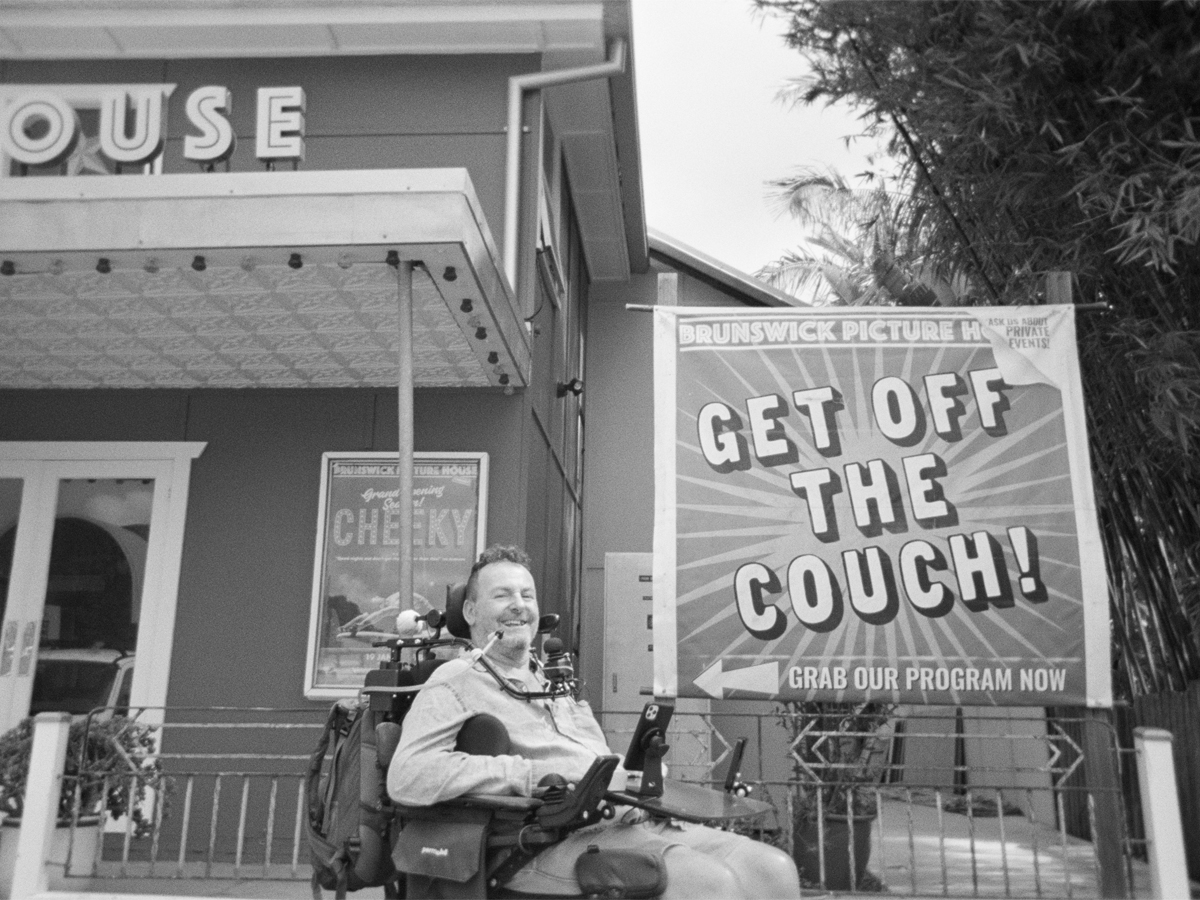A research team from the University of Wollongong Faculty of the Arts, Social Sciences and Humanities, recently completed a project, in collaboration with the Assistive Technology Suppliers Australia (ATSA), to understand and document the challenges and benefits people using motorised mobility devices face.
Their lived experience of using a wheelchair gave insights into how to promote not only accessibility but also social inclusion, research lead Dr Theresa Harada told F2L. “Health professionals often face difficulties because of gaps in knowledge about devices and rely on personal relationships with providers, that may, or may not, be a good thing, with OTs an example of not always having training or knowledge about devices that were suitable. Equipment suppliers often had a better understanding of what the technology could facilitate, so a successful outcome for the client was dependent on this relationship,” Harada said.
Added to this were frustrations about what equipment was available to support their independent mobility. “Often applicants were forced to choose between a device that would serve them at home, or one that would provide access to local neighbourhoods and outdoor spaces. There were long wait times for approval processes, resulting in another level of anxiety and stress for participants.”
Focus group discussions with health professionals and prescribers found the processes of applying for funding through the NDIS relies on how applications are written and where a person’s level of inability must be demonstrated to justify why they require special equipment to assist with their everyday lives, Harada said. “Health providers and applicants said this negative perspective, or what a person is unable to achieve by themselves, has a detrimental impact on wellbeing.”
Also, legislation is often outdated or contradictory across federal and state jurisdictions. There was disjuncture for example, between building standards in public housing, commercial and government buildings. In the educational context schools may have access for funding to install lifts, ramps and bathrooms for students with disabilities. “However, parents with disabilities spoke about their time-consuming ‘battles’ to have infrastructure upgrades in their children’s schools so they could attend their children’s concerts and special events.”
The project followed 67 participants and users of mobility devices, such as mobility scooters, manual wheelchairs, power assisted wheelchairs and motorised wheelchairs, across three locations over two years. This was in addition to discussions with health providers, including occupational therapists and physiotherapists, suppliers, manufacturers and those involved in government planning for transport and accessibility.
Submissions have been made to the disability transport standards, and the research team will create a final report and policy briefing that will be publicly available.
Photo: An opportunity for community engagement was made through a pop-up art exhibition at the Northern Rivers Ignite Gallery, with works by people who rely on a motorised mobility device.

